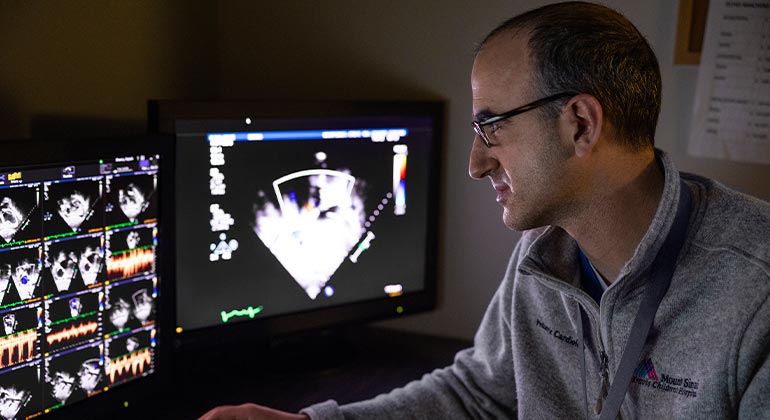
You can access a team of professionals in your home with home health services. The services they offer include certified nurses, skilled nursing, certified home health aides, occupational therapy, speech, nutrition counseling, and certified intravenous nurses. They regularly assess and train their staff, and many are involved in continuing education programs.
Tulsa has 22% hourly cost for home health aides
Tulsa, OK home health aids cost about $22 an hour. This is consistent with national averages. A monthly home care plan will cost the average person $4,862. This does not include any medical services like skilled nursing.
Tulsa boasts many agencies for home care. These agencies can be found in multiple areas. These agencies can be found online or through telephone directories. A home health aide is usually less expensive than a hospital aide. They can help you with your daily activities and personal care.

A variety of factors affect the cost and availability of home health care. These factors include how much it costs to live in the area, whether there are home health care providers nearby, and how long it takes to get there. The number of home health aides that are certified is lower in rural areas. This increases the overall cost.
Non-medical home care vs Medicare-certified home health
Two main types of home healthcare in Tusca, Alabama are available: Medicare-certified and non-medical. Both types of care are designed to provide seniors with assistance while still living independently. There are several differences, including which type of service is provided and how much it costs.
Family members are often able to provide non-medical care at home. Caregivers focus on developing a personal relationship with their clients. Unlike licensed medical professionals, who tend to have short-term interactions with patients, caregivers can provide long-term support.
These services are non-medical and include assistance with daily chores such as dressing and bathing, and light housekeeping. This care does not require any medical skills and is therefore not covered by Medicare. A licensed, certified home healthcare agency typically employs a variety of medical professionals including registered nurses, doctors and licensed practical nurses. They will provide nursing care at home, including speech-language pathology, occupational therapy, and physical therapy.

Cost of in-home medical care
The costs of in-home health care depend on the agency providing the services, as well as the insurance coverage of those receiving the care. While many agencies charge an hourly rate, others charge a fixed fee. Medicare covers some in-home care services for people who are homebound or need skilled assistance.
FAQ
What does the term "public" in public health mean?
Public Health is the protection and improvement of the health of the community. Public Health is about preventing illness, injury, and disability; encouraging good health practices; ensuring adequate food; and controlling communicable disease, environmental hazards, behavioral risks, and other threats.
How do I become an artistic health professional?
There are many pathways to becoming a creative health professional. Some people start off as students. Others begin their careers in other areas such as engineering or business.
Some students choose to focus on a specific topic such as health policy, leadership, management or leadership. Some elect to study an elective course which explores different perspectives of health and care.
No matter your chosen path, you'll be able to learn about health topics and health care through readings, discussions in groups, assignments and projects, as well as lectures and readings. You may also attend workshops, conferences, and seminars.
Once you have completed the program, your knowledge will allow you to work with patients, clients, colleagues and clients in any position within the health system.
A doctorate could be your next step.
What is a healthcare system?
All aspects of healthcare, from prevention to rehabilitation, are covered by health systems. It includes hospitals and clinics as well as pharmacies and community services.
Health systems are complex adaptive systems. They exhibit emergent properties that can't always be predicted just by looking at the individual components.
The complexity of health systems makes them difficult to understand and manage. This is where creativity steps in.
Creativity can help us solve problems that we don’t have the answers to. Our imaginations are used to invent new ideas and improve things.
Health systems need people who think creatively because they're constantly evolving.
People who think creatively can help change the way health systems operate for the better.
What are the major functions of a system for health care?
The health care system should provide adequate medical facilities for people who need them at a reasonable cost while ensuring access to quality services by all.
This includes providing preventive health care, promoting healthy lifestyles, and appropriate treatment. This includes equitable distribution of health resources.
What are the three main objectives of a healthcare program?
Healthcare systems should have three primary goals: Provide affordable healthcare, improve health outcomes and reduce costs.
These goals have been incorporated into a framework known as Triple Aim. It is based off research by Institute of Healthcare Improvement. IHI published this in 2008.
This framework is based on the idea that if all three goals are viewed together, each goal can be improved without compromising another.
Because they don't compete with one another, this is why. They support each other.
For example, improving access to care means fewer people die due to being unable to pay for care. That reduces the overall cost of care.
Improving the quality of care also helps us achieve the first aim - providing care for patients at an acceptable cost. It improves outcomes.
What about the role of the private sector?
Healthcare delivery can be facilitated by the private sector. It provides equipment that is used in hospitals, for example.
It also covers some hospital staff. It is logical for them to be involved in running the system.
However, there are limitations to what they can offer.
It is not always possible for private providers to compete with government services.
They should not try to run the whole thing. This could indicate that the system isn't providing good value for your money.
Statistics
- Healthcare Occupations PRINTER-FRIENDLY Employment in healthcare occupations is projected to grow 16 percent from 2020 to 2030, much faster than the average for all occupations, adding about 2.6 million new jobs. (bls.gov)
- Over the first twenty-five years of this transformation, government contributions to healthcare expenditures have dropped from 36% to 15%, with the burden of managing this decrease falling largely on patients. (en.wikipedia.org)
- Consuming over 10 percent of [3] (en.wikipedia.org)
- The health share of the Gross domestic product (GDP) is expected to continue its upward trend, reaching 19.9 percent of GDP by 2025. (en.wikipedia.org)
- For the most part, that's true—over 80 percent of patients are over the age of 65. (rasmussen.edu)
External Links
How To
What are the key segments of the healthcare industry?
The healthcare industry is made up of key segments such as medical devices, pharmaceuticals and diagnostics, biotechnology, therapy, health information technology, medical equipment, and other medical devices.
Blood pressure monitors, defibrillators and stethoscopes are all medical devices. These products are usually designed to diagnose, prevent, or treat diseases.
Pharmaceuticals are drugs that are prescribed to treat disease or reduce symptoms. These include antibiotics.
Diagnostics are tests performed by laboratories to detect illness or injury. There are many types of diagnostics: blood tests; urine samples; CT scans; MRI scans; X-rays.
Biotechnology is the use of living organisms, such as bacteria, to create useful substances that can then be applied to humans. You can find examples such as vaccines, insulin and enzymes.
Therapeutics are treatments administered to humans to treat disease or relieve symptoms. These therapies can include drugs or radiation therapy.
Information technology for health is a category of computer software that helps physicians and their teams manage patient records. It helps doctors track what medications are being taken and when they should be taken.
Medical equipment is anything used to diagnose, treat, or monitor conditions or illnesses. These include dialysis machines and pacemakers, ventilators, operating table, and ventilators.